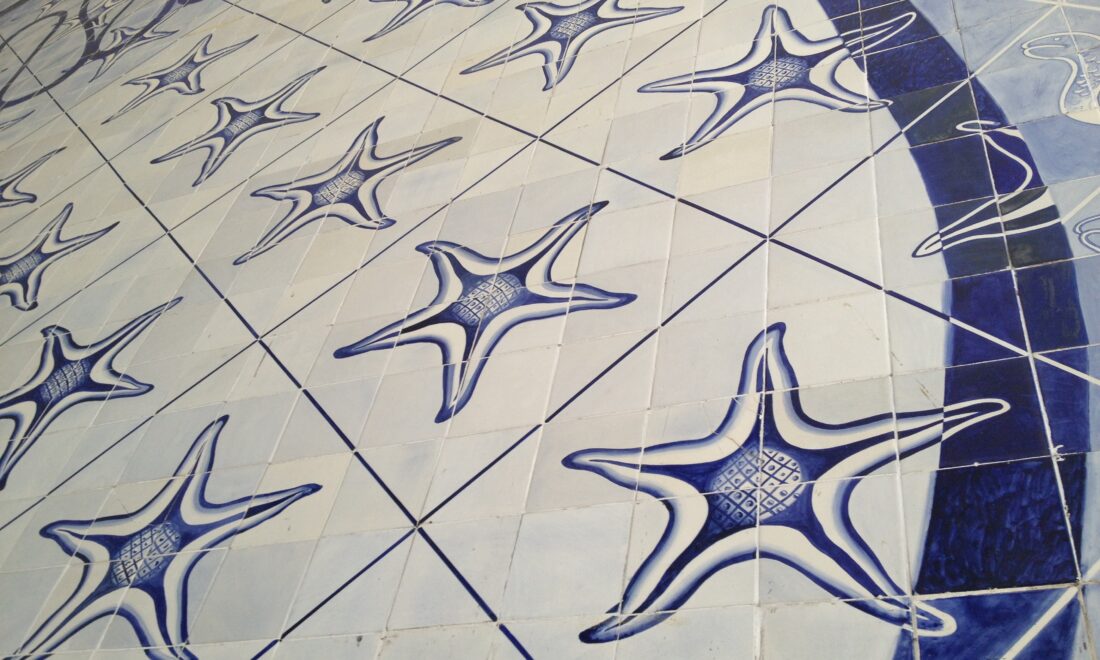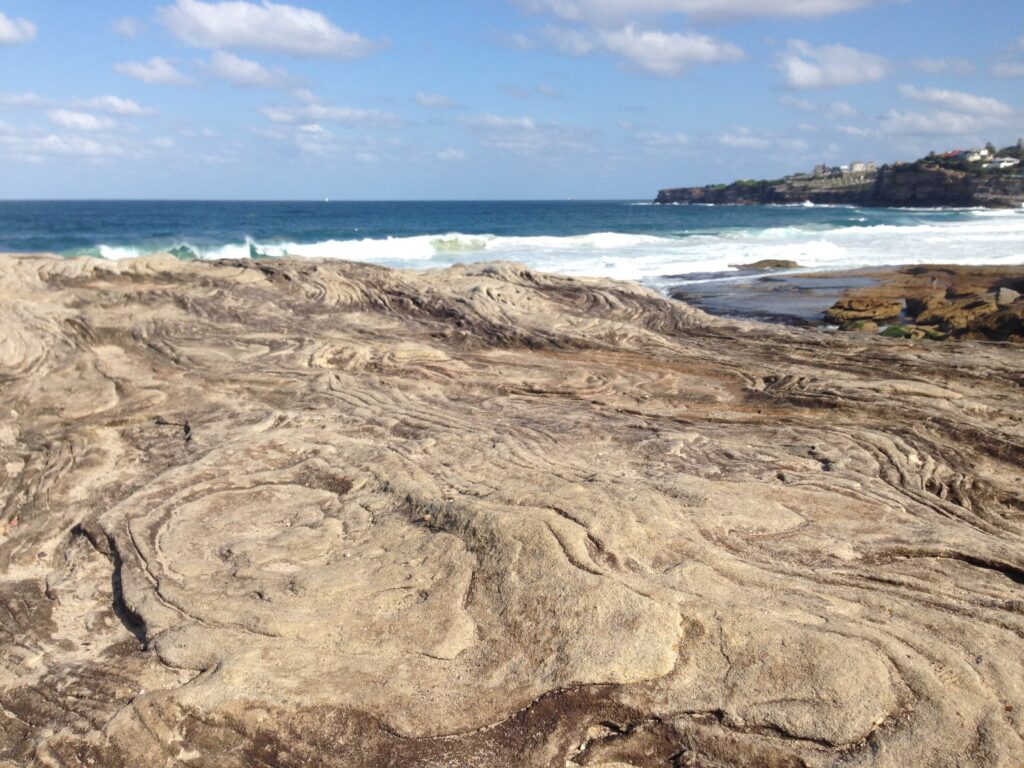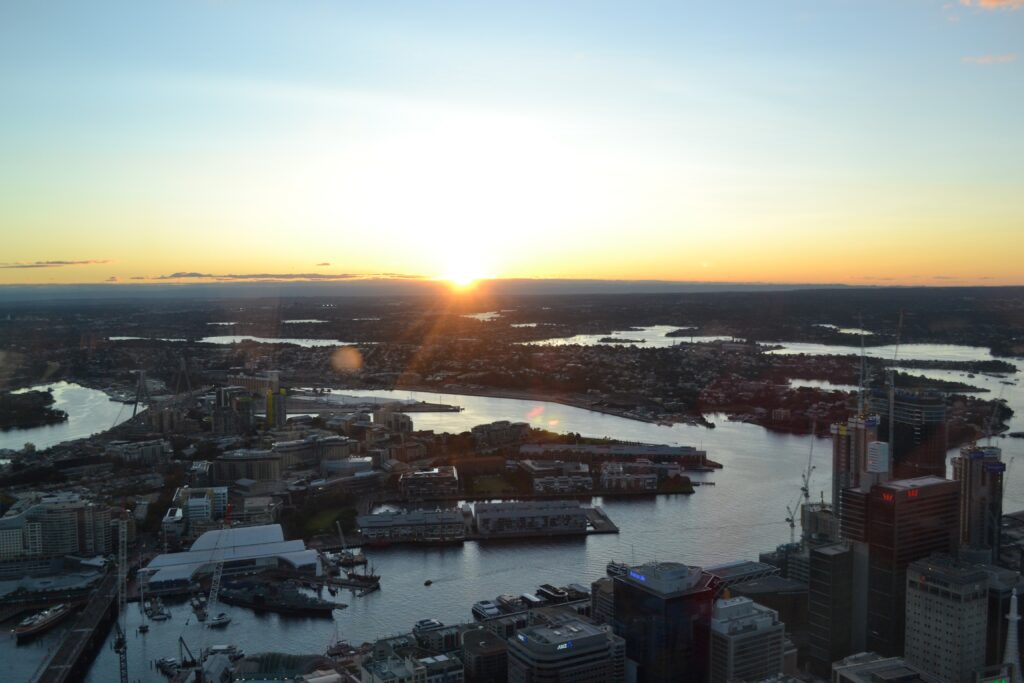Computation and Construction in Architecture (CoCoA) Lab
School of Architecture, Design and Planning
School of Architecture, Design and Planning



As much as today’s complex issues from multiple aspects will impact the future of our built environment, legacies from the past were configured from complex, entangled over various range of influences. These multidimensional aspects have been imposed and emerged from an interconnected past, leading to the built environment we live in.
CoCoA approaches our built environment legacy from multiple perspectives, ensuring both explicit and subtle values are captured and carefully measured. For us, architectural legacies are is not only about physical material but extends further to the underlying knowledge, roles of people behind it, and how a building is used now and then.

We follows trans-continental influence involved in building construction. This includes investigating participation of prominent figures from local and foreign countries. Whilst collaboration could lead to fruitful, and sometimes controversial, they directly impact the building final outputs.
We construe construction as a communal activity, and inseparable parts of everyday culture. It affects the stakeholders, workers, and community not only near the site or during the construction, but also the neighboring communities offsite manufacturing (long) after the construction finished.


To sustain the legacy from the past, we decode principles involved in the construction process into a set of logic to better outlining the procedures, constraints, and hidden knowledge. The explicit representation of past knowledge will makes them applicable and relevant to today’s challenge in the construction industry.
As the building evolves through different periods, new occupants adapt themselves to old building. Some were compatible, others are not. As our city and rural area owe their identity from past buildings, the internal configuration might became obsolete. We analyze and synthesize modes of adaptation to suggest better ways to adapt existing buildings without compromising their heritage values.


We identify authentic techniques used to construct through extensive literature studies, observations, and physical experiments. This includes outlining how materials were mixed, turned into components, and assembled on the site, as well as how structures were configured to understand their original behave. Authenticity in our study is not only about resembling the look but more about reapplying technical knowledge.